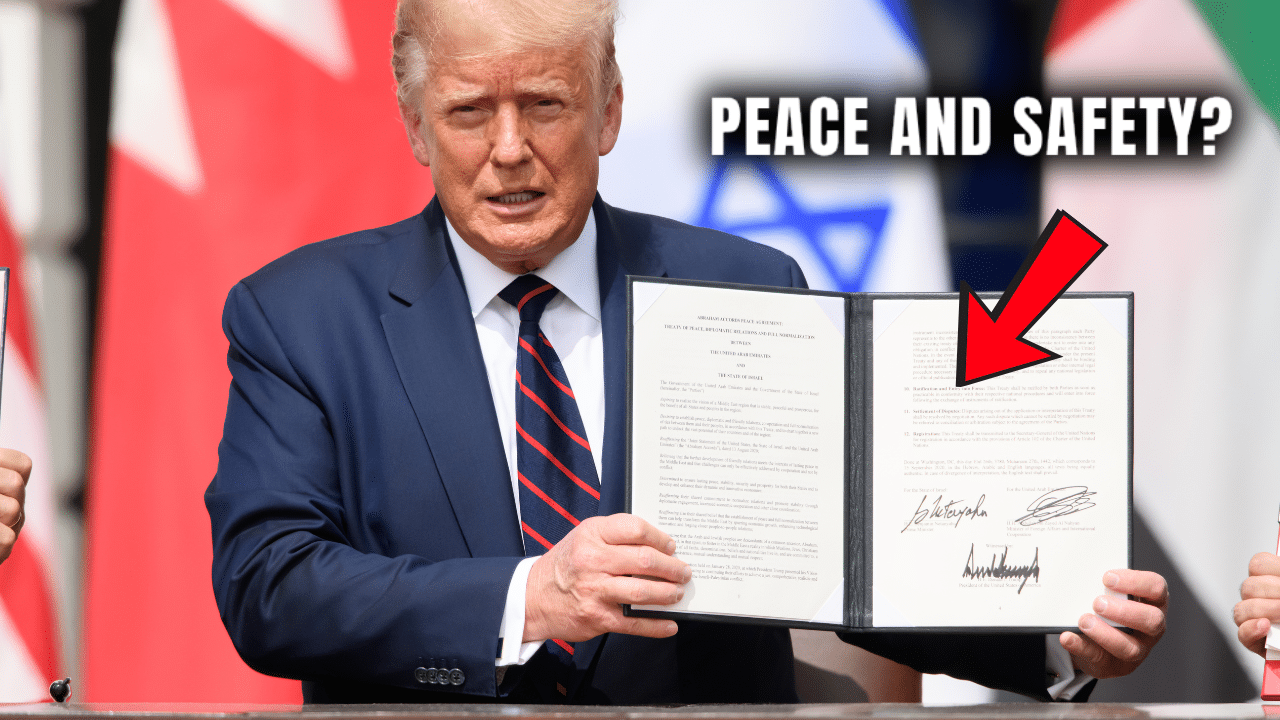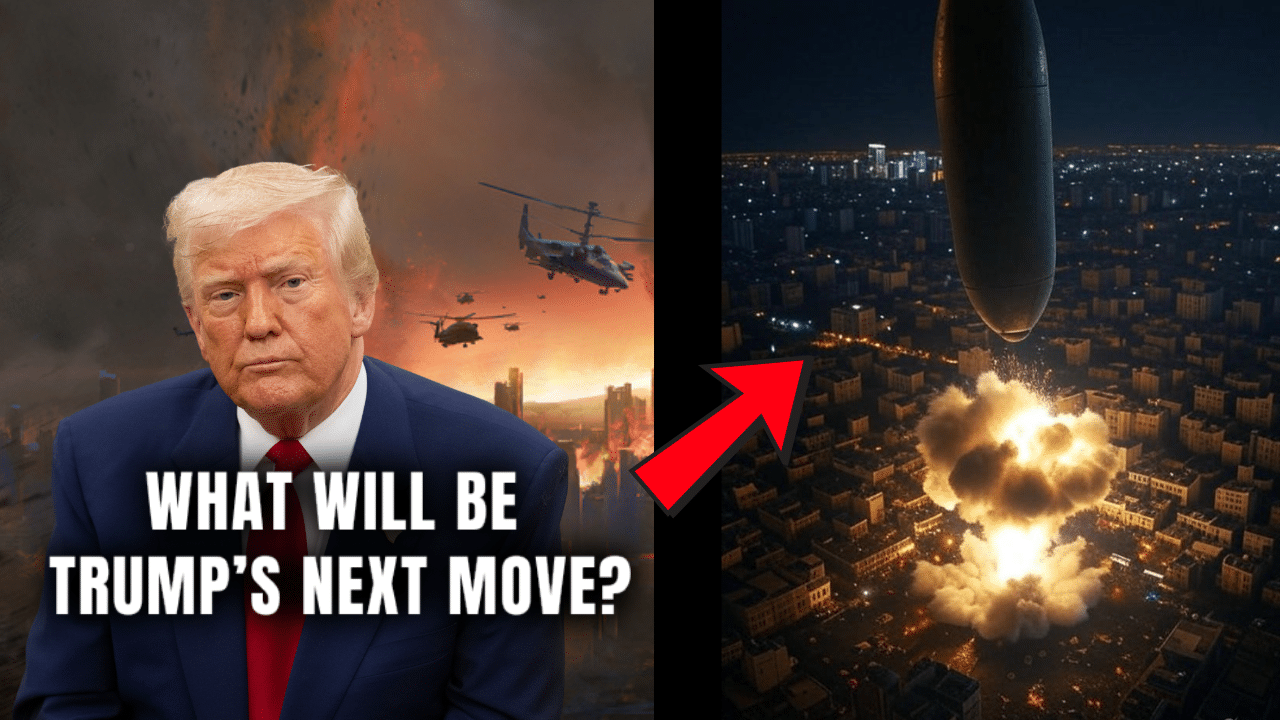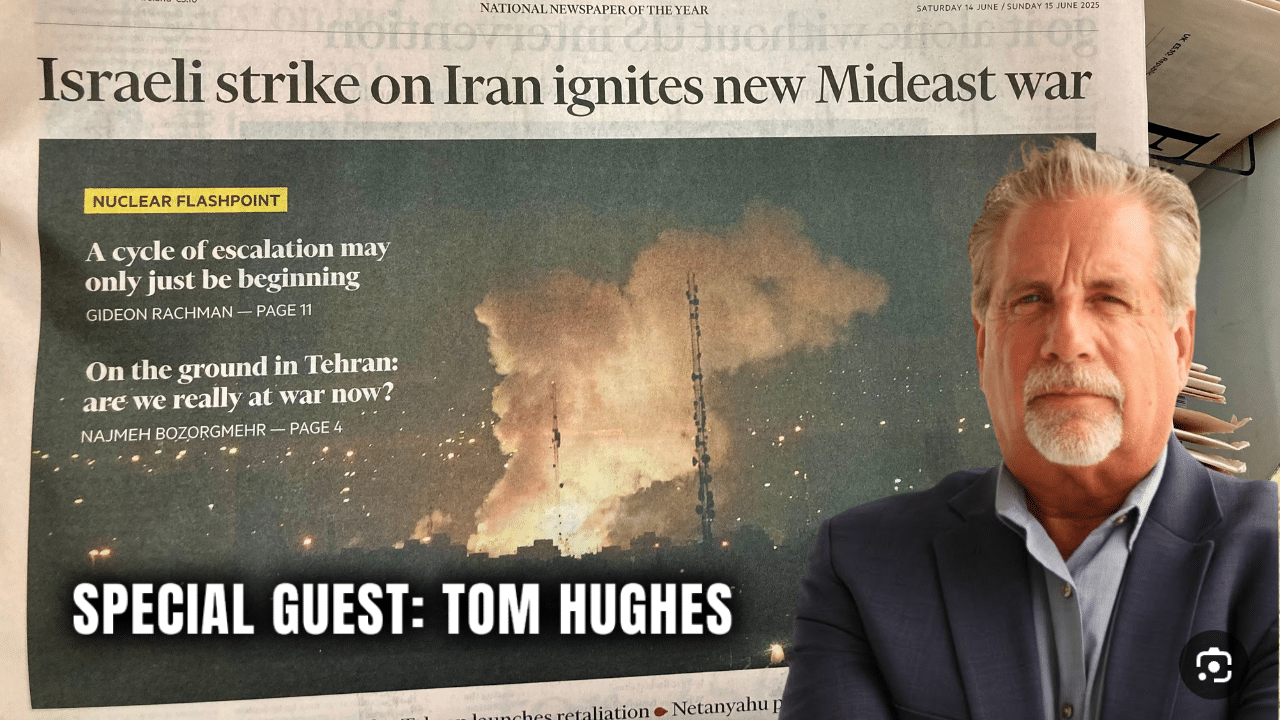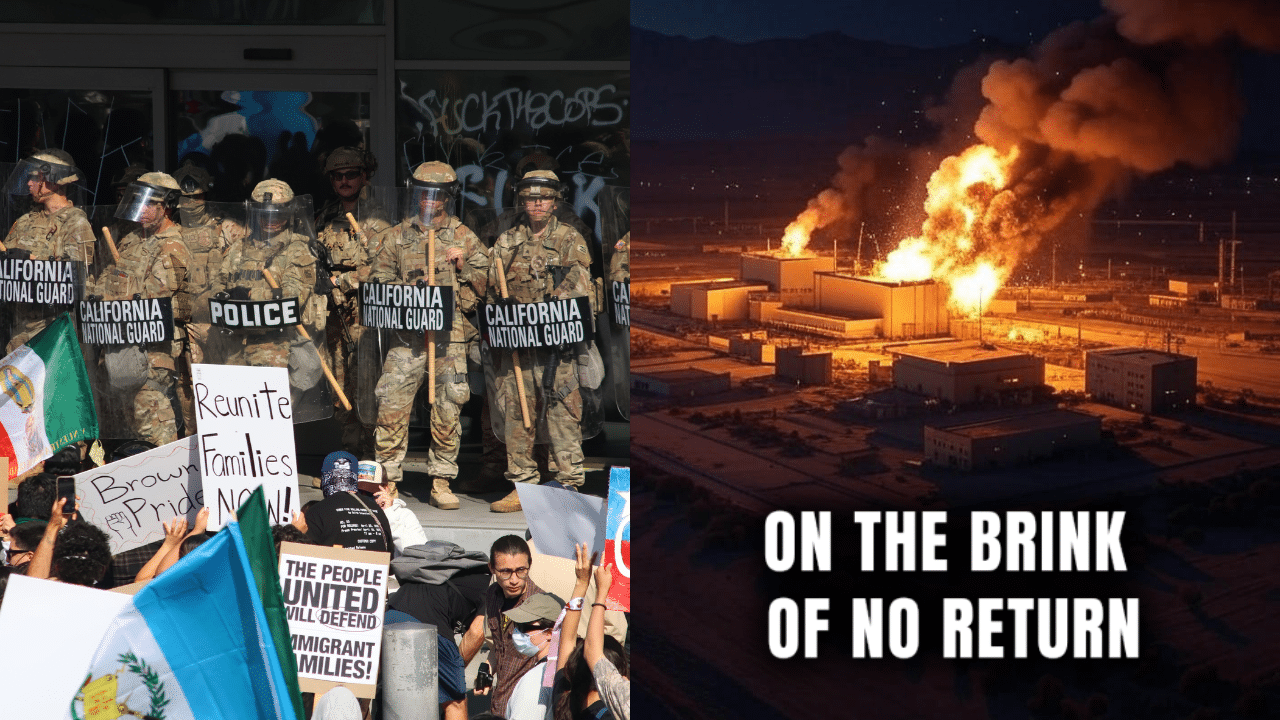Israel intensified the conflict in the Middle East to new levels today, killing more than 180 people in Lebanon in the latest attacks since military officials declared a ‘new phase’ of war against Hezbollah had begun last week.
On Tuesday, Mossad is thought to have orchestrated one of the most psychologically damaging clandestine attacks in recent memory, injuring thousands of Hezbollah members with exploding pagers and radios across two days.
Then on Friday, the IDF delivered a punishing strike that eliminated a top Hezbollah commander along with some 37 other militiamen and civilians, before continuing aerial bombardments over the weekend and into this morning.
Lebanon’s health ministry this afternoon declared 274 people have been killed and at least 1,024 injured so far today alone, prompting officials to accuse Jerusalem of carrying out an ‘extermination’.
But Israel’s hawkish defence minister Yoav Gallant and IDF spokesman Rear Admiral Daniel Hagari say they ‘will do whatever is needed’ to cripple Hezbollah’s military capabilities and allow displaced residents from Israel’s northern territories to return home safely.
Meanwhile, Hezbollah’s leader Hassan Nasrallah has vowed to continue fighting until a ceasefire in Gaza is agreed upon, with deputy leader Naim Qassem declaring the group is now entering ‘an open-ended battle of reckoning’ with Israel.
These developments have led many analysts to caution that violence in the region is now approaching untenable levels, raising the prospect of an all-out war between Israel and its numerous foes.
Now, MailOnline examines how Israel may fare in a full-scale conflict with its key adversaries and speaks to experts to determine whether such a devastating regional war could materialise.
Hezbollah and Israel last engaged in a major conflict in 2006, when a month-long battle ended in a draw. But the risks of a new war that could spread violence across the region are now far greater.
Lebanon has struggled with years of political and economic crises that left it indebted, without a stable electricity supply, a proper banking system and with rampant poverty – yet Hezbollah has evolved into a much graver military threat than it was 18 years ago.
Hezbollah in 2006 reportedly had some 15,000 rockets in its arsenal, ‘but more recent unofficial estimates suggest this number has multiplied by almost 10 times,’ said Dina Arakji, associate analyst at UK-based risk consultancy firm Control Risks.
Israel’s Institute for National Security Studies (INSS) corroborates that assessment, estimating that the group’s arsenal counts 150,000 to 200,000 rockets, including ‘hundreds’ of precision missiles and thousands of drones.
Hezbollah also boasts a range of anti-tank and anti-air systems, a fleet of thousands of drones, and dozens of tanks and armoured vehicles, and claims to have up to 100,000 active fighters – though INSS estimates the number is more likely 25,000 to 50,000.
And, like Hamas, Hezbollah has an extensive tunnel network along the Lebanese-Israeli border which serves as a strategic asset for clandestine movement, storage, and guerrilla warfare.
Ultimately, Israel’s military capability is still superior.
It has long been supported by the US with $3.3 billion in congressionally mandated annual funding, plus another $500 million toward missile defence technology that protects its skies from rockets and drones. The Jewish state also spends more than 5 per cent of its GDP on the IDF.
While Jerusalem would assuredly emerge victorious thanks to its technological capabilities and raw numeric advantage in terms of firepower and manpower, Hezbollah would be able to inflict massive damage.
Its terrifying missile and drone arsenal is large enough to quickly overwhelm Israel’s air defences if deployed in earnest, and the thousands upon thousands of Hezbollah fighters that could stream into northern Israel would be continuously supported by well-established air and ground supply routes from its chief backer Iran via Iraq and Syria.
Such a war would also spell disaster for civilians in both Israel and Lebanon – particularly citizens of the latter, many of whom have long been mired in poverty.
UN agencies estimate an ‘uncontrolled conflict’ between Israel and Hezbollah would displace up to one million people – almost a fifth of Lebanon’s population – and the country is already reliant on meagre stockpiles of food and fuel.
Jeanine Hennis-Plasschaert, the UN’s special coordinator for Lebanon, warned on Monday: ‘With the region on the brink of an imminent catastrophe, it cannot be overstated enough: there is NO military solution that will make either side safer.’
But should Israel and Hezbollah press ahead with rampant military action and descend into a full-scale conflict, Jerusalem may be forced to contend with attacks from its chief adversary – Iran.
The Islamic Republic is the chief backer and financier of both Hezbollah and Hamas and represents Israel’s greatest threat.
It has already launched one serious strike on Israel since October 7, sending a salvo of some 200 missiles and drones soaring towards Israeli targets in April following an Israeli airstrike on an Iranian diplomatic compound in Syria.
Almost all of those projectiles were intercepted by Israel’s air defence systems, and analysts at the time largely agreed the Iranian attack was merely symbolic – designed to display Tehran’s willingness for military engagement without causing real damage.
But on July 31, former Hamas chief Ismail Haniyeh was assassinated as he lay in his bed hours after attending the inauguration of Iranian president Masoud Pezeshkian in Tehran.
Israel never took credit for the explosion which killed the Palestinian group’s leader in the Iranian capital, but Iran’s Supreme Leader Ali Khamenei vowed to take revenge.
Messaging from the Islamic Republic has since been mixed, with diplomats claiming Iran is not seeking an escalation of tensions while simultaneously warning that Israel would not escape retribution for the explosion in Tehran.
With Hezbollah now being subjected to a brutal assault by the IDF, Tehran may be more inclined to come to its defence.
Hezbollah is often referred to as the ‘jewel in the crown’ of Iran’s Axis of Resistance that encompasses the Lebanese group; Hamas; the Houthi movement in Yemen; various Shi’ite armed groups in Iraq; and Syria.
Israeli and Iranian ground forces are fairly well matched, with the Islamic Republic enjoying an advantage in terms of manpower and the variety of their artillery systems.
But any meaningful direct conflict between the two is likely to take the form of aerial assaults by air forces, missiles and drones, given their considerable geographic separation.
The Israeli Air Force (IAF) certainly has the upper hand over its adversary, flying the very best US-manufactured combat aircraft including the formidable F-35 stealth fighter-bomber, and F-15 and F-16 fighter jets specifically designed according to IAF requirements.
It is also believed to have more combat aircraft at its disposal, outstripping the Islamic Republic of Iran’s Air Force (IRIAF) which is made up of older generation F-14 Tomcat fighters, Iranian-manufactured jets based on the aged US F-4 and F-5 series planes, and an assortment of Russian and Chinese manufactured combat aircraft.
But the real Iranian threat is its array of missiles and highly capable drones – undoubtedly the most numerous and diverse in the Middle East – which could be used to deal punishing strikes on Israel.
The Islamic Republic has thousands upon thousands of long-range and precision-guided missiles alongside hundreds of thousands of mid-range cruise missiles.
This appears to be the worst-case scenario feared by Israeli defence experts – a coordinated attack in which Iran, Hezbollah and other allies launch wave after wave of missile and drone strikes that overwhelm Israel’s air defences and devastate towns and cities.
But many analysts say that terrifying prospect is unlikely for two key reasons.
Wyn Bowen, Professor of International Security at King’s College London’s Department of War Studies, told MailOnline that Iran would most probably face an uncontrollable response from Israel backed by the might of the US military, should it decide to launch a major aerial assault.
‘Any direct retaliation from Iranian soil against targets on Israeli territory would risk retaliation directly against Iran… It could draw in the US militarily – an extremely high-risk roll of the dice for Tehran.
‘It has been widely reported of course that Tehran wants to avoid such a direct conflict with Israel and the US. This is likely because the Iranian leadership knows that it might be very difficult for it to control the national and regional repercussions of such a development,’ he concluded.
Retired US Army Colonel Jonathan Sweet and security expert Mark Toth added that Israel could seek to deploy its nuclear weapons should it be faced with a full-scale direct strike from Iran.
‘Any such hit could see Israel deploying one or all of its long-range assets. F-35 stealth fighter-bombers, precision deep-strike ICBMs and/or the Israeli’s nuclear equipped submarines.
‘The US is highly likely to respond with a direct hit on Iran potentially using the full array of military assets – cruise missiles, B-52 bombers, subs, and carrier and/or land-based fighter-bombers. In this scenario, this attack would likely be closely coordinated with Israel, if not performed jointly.’
In an attempt to ward off an Iranian attack, US Defense Secretary Lloyd Austin last month ordered two aircraft carrier strike groups – the USS Abraham Lincoln and the USS Theodore Roosevelt – to deploy to the Middle East.
An Air Force F-22 Raptor squadron also arrived in the region along with cruise missile submarine USS Georgia.
Prior to the fateful October 7 attacks, Hamas is believed to have had some 20,000-30,000 fighters making up the ranks of its militarised wing, the Izz al-Din al-Qassam brigades.
The militia was well stocked with all manner of small arms and heavy weapons obtained from across the Middle East – particularly Iran, Syria and Libya – and is thought to have had some 30,000 short and medium-range rockets at its disposal.
Now, after almost one year of intense fighting and widespread destruction in Gaza at the hands of the IDF, Hamas’ military capabilities will have been considerably weakened.
Varying estimates given this summer said somewhere between 9,000-12,000 Hamas fighters remain active in Gaza, with their tactics having shifted to selective attacks and guerrilla-style warfare, according to eyewitnesses in Gaza and various analysts.
Israel’s deployment of troops in the Philadelphi Corridor between Gaza and Egypt has also served to crack down on smuggling efforts to resupply Hamas fighters via their intricate tunnel network.
This means that in the short term, Hamas is unlikely to be able to mount any kind of damaging offensive against Israeli positions.
But its capacity to continue waging guerrilla-style attacks, including bombings, bombings and suicide attacks on Israeli troops in Gaza remains.
Meanwhile, its extensive tunnel network suggests Hamas and other Palestinian militant groups could feasibly attempt another operation on Israel soil, and its remaining stockpile of missiles and rockets could deal significant damage to Israeli targets if launched as part of a coordinated aerial strike with Hezbollah and Iranian assets.
Though Iran and Hezbollah undoubtedly present the main threats to Israel’s security, there are several other members of Iran’s so-called Axis of Resistance that could be implicated in a wider conflict.
The heavily armed Houthi rebel group – a Shi’ite militia backed by Iran – stormed to prominence in Yemen in 2014 and has cemented 10 years of strict rule over roughly two-thirds of the country’s suffering population.
Its leaders vowed to come to Hamas’ defence following Israel’s retaliation to the October 7 attacks and began targeting a slew of Israel and Western-affiliated cargo ships and oil tankers in the Red Sea with drones, missiles and in some cases armed boarding parties.
They have also fired a small number of missiles and drones at Israel directly, with one drone in July killing a man and wounding four others in Tel Aviv.
Israel should expect more strikes in the future ‘as we approach the first anniversary of the October 7 operation,’ Houthi military spokesman Yahya Sarea said earlier this month.
Meanwhile, a number of other Iran-backed militia groups across Iraq and Syria have limited capabilities to launch strikes against Israeli targets, with Hezbollah maintaining a strong footprint in Syria from which it could launch attacks on Israel’s northeast.
The Islamic Resistance in Iraq (IRI) – an umbrella group of various Iran-backed Shi’ite militia forces – announced yesterday it had launched drones at IDF targets in the Israeli-occupied Jordan Valley, and vowed to escalate its attacks as the anniversary of October 7 approaches.










